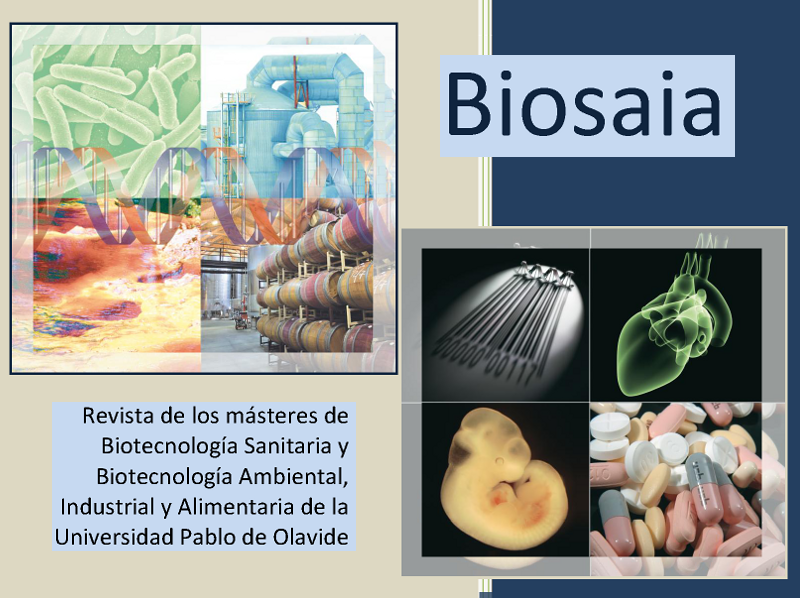Influence of agitation rate on a semi-industrial photoreactor for olive mill wastewater treatment by photo-Fenton reaction
Palabras clave:
Photo-degradation; Photo-Fenton; UV-irradiationResumen
Motivation: Olive mill wastewaters (OMWs) generated in the Mediterranean countries present an
environmental problem due to its high organic load and the presence of toxic and inhibition growth
compounds such as residual oil matter and phenolic compounds. The various attempts to treat OMWs by
conventional methods have not yielded satisfactory results due to the recalcitrant nature of the
organic material contained in OMWs (Thanekar, Panda and Gogate, 2018).
Advanced oxidation processes (AOPs) have the capacity to degrade biodegradable and
non-biodegradable compounds, in addition to a wide number of persistent organic compounds (Oller,
Malato and Sánchez-Pérez, 2011). Photo-degradation with artificial UV-irradiation lamps can
accelerate the degradation of pollutants more than dark degradation (Fenton Reaction) (García and
Hodaifa, 2017).
Methods: In this work, experiments were performed in a semi-industrial batch stirred photo-reactor.
The agitation rates were varied in each experiment (60, 150, 300, 400 and 500 rpm). The common
operating conditions were initial pH = 3, hydrogen peroxide amount equal to that determined by the
reaction stoichiometry, oxidant/catalyst ratio = 0.03, temperature = 20 ºC and artificial
ultraviolet irradiation.
Results: The highest photo-degradation percentage (90%) was registered in the experiment with 500
rpm. In all cases, the TOC removal percentages were increased throughout the reaction. The
global removal percentages were decreased when the agitation rate exceeded 300 rpm.
Conclusions: Finally, it can be concluded that at this scale the best agitation rate used is 300
rpm and the photo-degradation time needed is higher than 60 min. In these conditions, the TOC
removal percentages expected are in the range from 76% to
90%.





